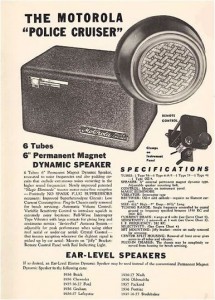
Deputies throughout the Sheriff’s Department often leave the engines of their radio cars running when they are not in their vehicles. When asked why, many of them reply, “We’ve always done it that way.”
Tube Radios
Deputies began keeping their patrol car engines running in 1932. That year, radios had been installed in patrol cars for the very first time. The radios were the old-fashioned type, with tubes. When tube radios were turned on, it was necessary for the tubes to warm up before the radio would operate. This would take several minutes. At that time, the only way deputies could request emergent assistance was with the radio in the patrol car. Deputies did not have handheld radios.
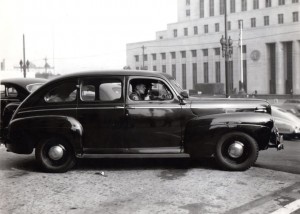
If a deputy was handling a call and the situation required him to request assistance, he had to run out to his patrol car and use the car radio. If a deputy had turned the engine off, it was necessary for him to start the engine and wait several minutes for the tubes to warm up before he could use the radio to call for help. But, if he left the engine running, he could run out to the car and immediately use the radio to call for assistance. Because of this, deputies always left their engines running.
Six-Volt Car Batteries
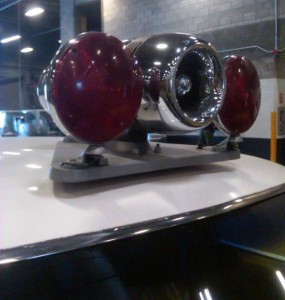
Up until 1957, radio cars were equipped with six-volt batteries that were recharged with a generator. These batteries were inefficient to power the radio car’s engine, emergency lights and mechanical siren. In fact, the mechanical siren used so much power that deputies had to use it sparingly while rolling Code 3, or the battery would die and the engine would no longer run. After a Code 3 run, it was necessary for deputies to keep their engines running to recharge the batteries that had been depleted by the operation of the lights and siren.
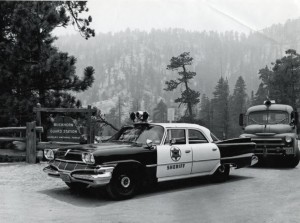
12-Volt Car Batteries
In 1957, the Sheriff’s Department switched from radio cars with six-volt batteries recharged by generators, to radio cars with 12-volt batteries that used alternators for recharging. The 12-volt batteries lasted longer and the alternator was more efficient at recharging the car battery. But deputies continued to keep their radio cars running while they were out of them in order to recharge the batteries after a Code 3 run.
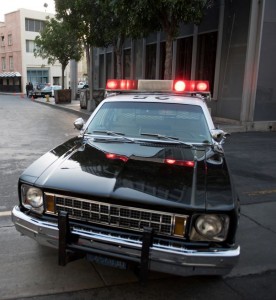
Electronic Sirens
In 1963, radio cars were no longer equipped with mechanical sirens. Electronic sirens that required much less battery power were installed in radio cars. The vehicle’s battery was no longer depleted by a Code 3 run, yet deputies continued to keep their engines running while they were not in them.
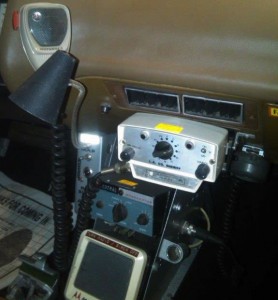
Outside Speakers
Prior to using handheld radios, deputies heard their calls when they were not in the vehicles by switching the radio to an outside speaker. To prevent the car battery from running down, the engine had to be running.
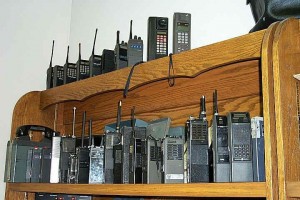
Radio Extenders
In 1974, a pilot program began that allowed deputies to wear radio extenders on their Sam Brownes. Extenders looked just like handheld radios but would not transmit to the radio room by themselves. They were basically an extension of the microphone that was connected to the patrol car radio. The extender only worked at short distances. When the mic button was pressed on the extender, it was basically a wireless microphone that used the patrol car radio to transmit. In order for the extender to work, the radio had to be turned on in the patrol car. To keep the battery from running down, the engine of the patrol car had to be running. There were many problems with the extenders, so they were not used in patrol for very long.
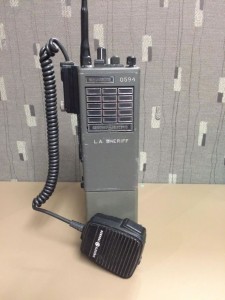
Portable Radios
In 1989, deputies working patrol began wearing portable radios on their Sam Brownes. It was no longer necessary for them to switch their radios to broadcast over the outside speaker since they could hear the calls over their portable radios. Out of habit, deputies still kept their radio cars running after they exited them
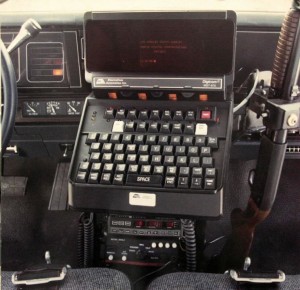
Halogen Lights
When mobile digital terminals were first installed in radio cars in 1988, the light bars on the cars were the older type with halogen lamps. These multiple lamps inside the light bar required more current than the battery or alternator could provide. This caused the car battery to drain during a code-3 run. When the light bar was used for a prolonged period of time, the battery drained completely and the engine stopped. There was not enough voltage in the battery to restart the engine. In an attempt to provide more current to the light bar during code-3 operations, the air conditioning was disabled when the light bar was operated.
The battery still drained during code-3 operations, although not as quickly. At the end of a code-3 run, it was necessary for deputies to keep the radio car engine running in order to recharge the battery.
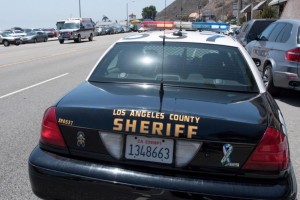
Emergency Lights
When it was necessary for deputies to turn on their emergency lights when they were outside their vehicles directing traffic, they kept the engines running so the emergency lights didn’t deplete the battery.
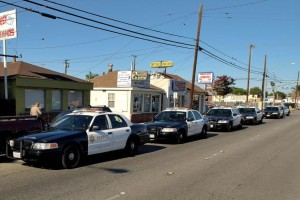
Engine Running and Unattended
Law enforcement officers are always telling citizens not to leave their car unattended with the engine running because someone will drive off with it, yet deputies will often do the same thing. One of the most dangerous incidents to occur is for someone to steal a radio car that was left running. This could be extremely unsafe for drivers traveling on the same street as the car thief who is trying to evade pursuing deputies. It is very embarrassing for the deputy whose car was stolen, especially if the pursuit is broadcast on T.V. and the suspect crashes. An incident of this type will follow a deputy the rest of his career.
Turn Off Your Engines
Historically, there have been good reasons for deputies to keep their radio car engines running while they were not in their vehicles. When those reasons disappeared, out of habit, deputies continued to run their engines after exiting their radio cars. Many times we do things because they have always been done that way. There are still several reasons deputies should leave their cars running when they are not in them. This includes, powering the emergency lights for traffic control so the batteries are not depleted, or keeping the interior of the vehicle cool during summer months to prevent the electronics from overheating.
© Los Angeles County Sheriff’s Museum
